Thomas Nast: A German-American Icon and the Father of American Cartooning
In the vibrant melting pot of American history, one cannot ignore the significant contributions made by individuals of diverse backgrounds. Among these notable figures is Thomas Nast, a German-American artist and political cartoonist who left an indelible mark on the landscape of American journalism during the 19th century.
This blog post explores the life, achievements, and enduring legacy of Thomas Nast from the unique perspective of his German heritage and the impact he had on shaping American political discourse and of course, Santa Claus himself.
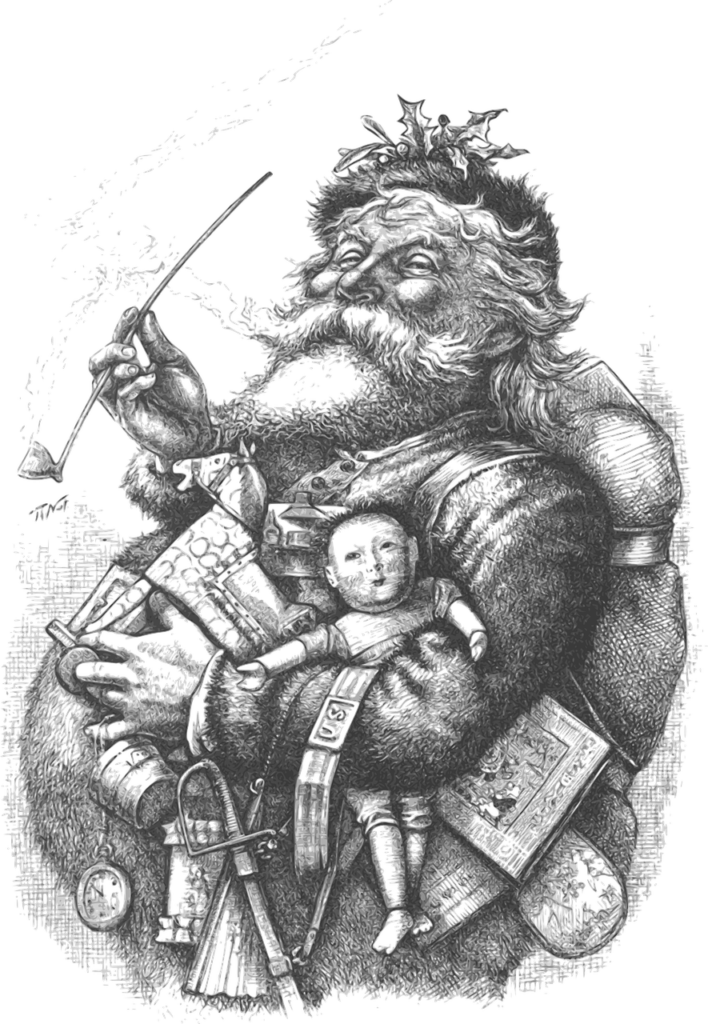
Early Life and Immigration:
Thomas Nast was born on September 27, 1840, in Landau, in the Kingdom of Bavaria, now part of modern-day Germany. His family emigrated to the United States when he was just six years old, seeking refuge and a better life in the wake of political turmoil in Europe. The Nast family settled in New York City, where young Thomas’s artistic talents began to flourish.
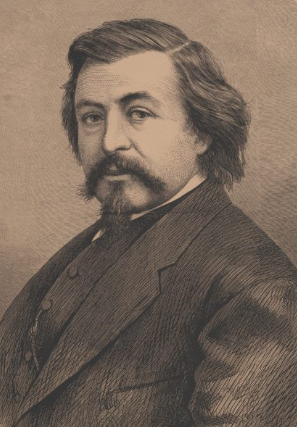
Early Career and Rise to Prominence:
Nast’s artistic abilities did not go unnoticed. His passion for drawing led him to a position at Frank Leslie’s Illustrated Newspaper, where he quickly gained recognition for his skillful illustrations. However, it was at Harper’s Weekly, a prominent publication of the time, that Nast would truly make his mark.
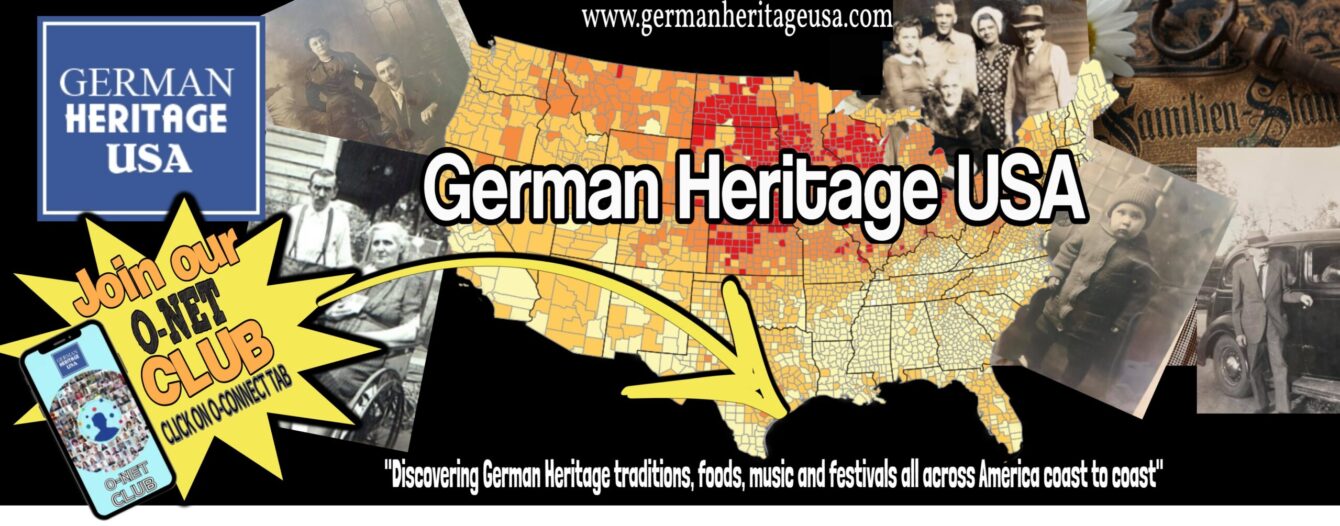

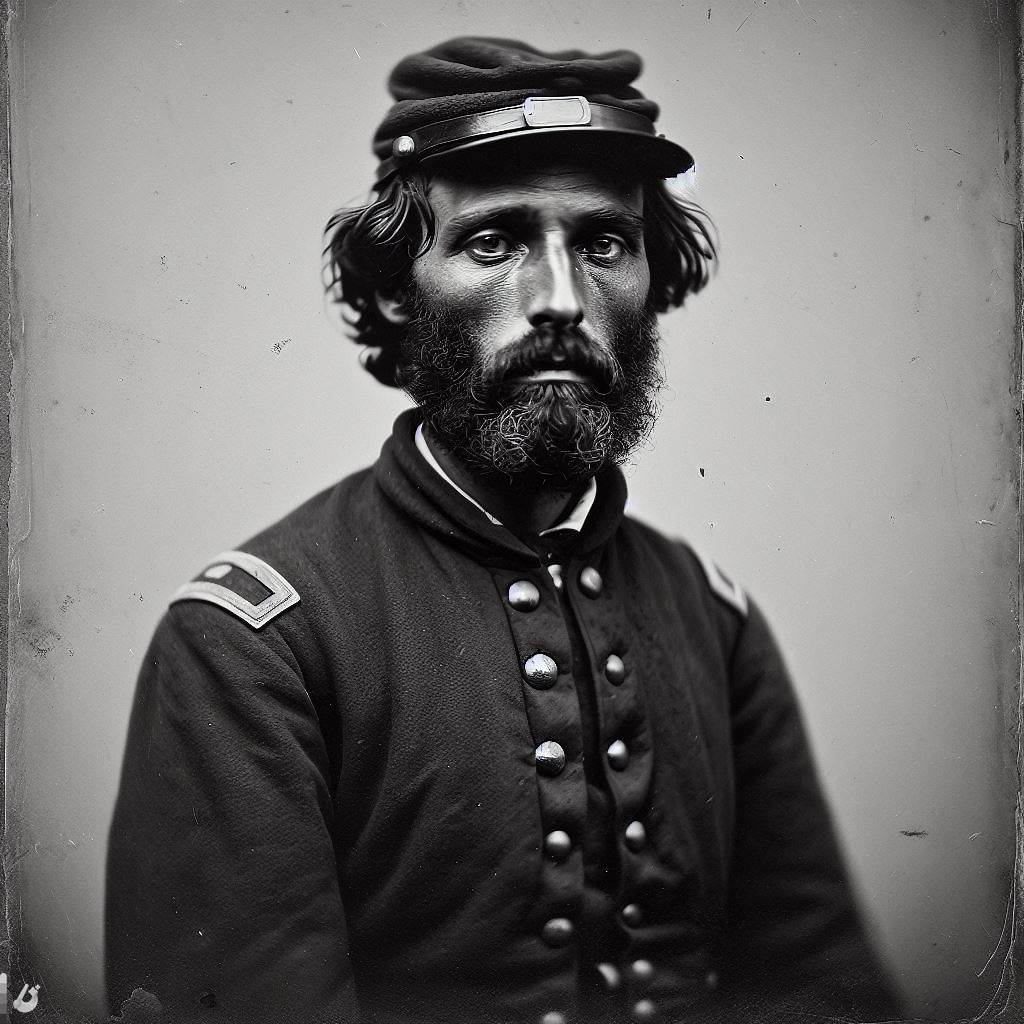
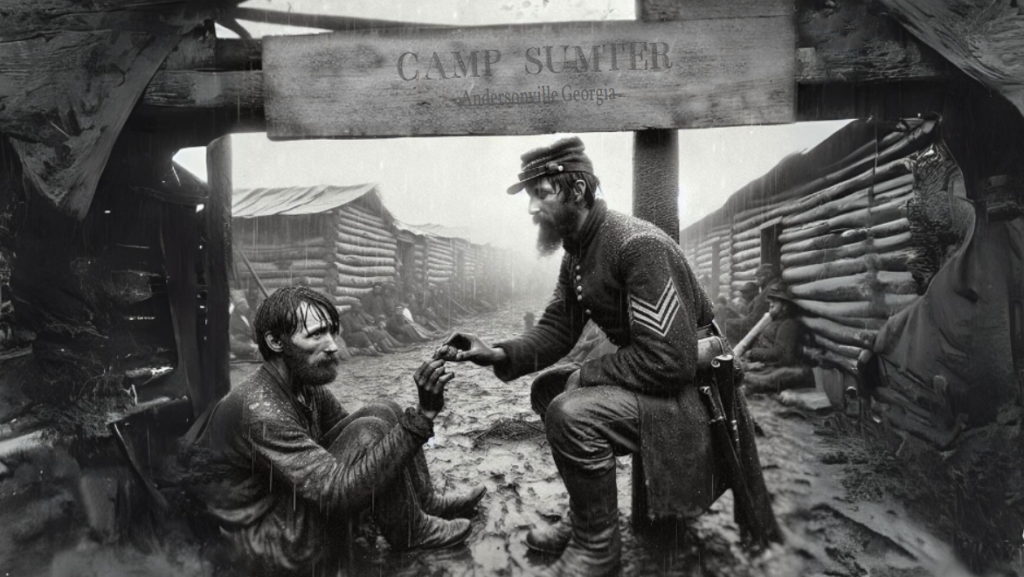

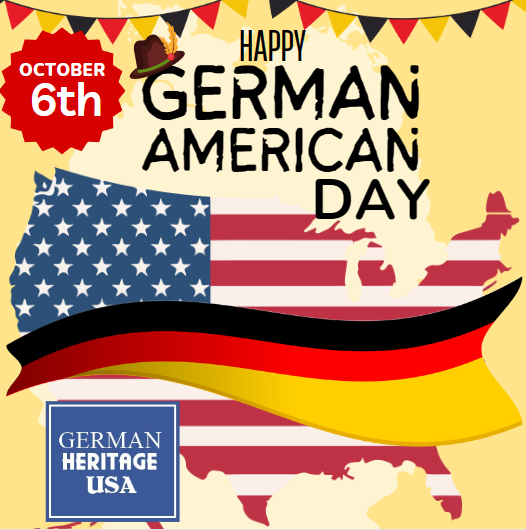
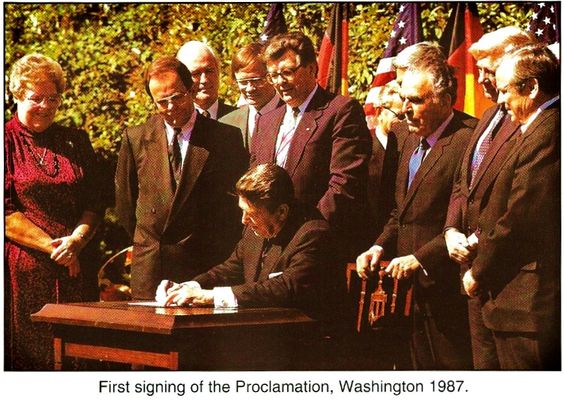
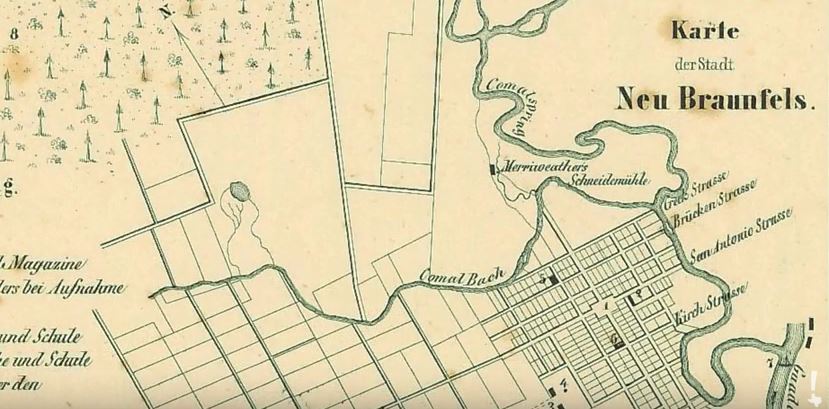 Source: Texas Historical Comission
Source: Texas Historical Comission